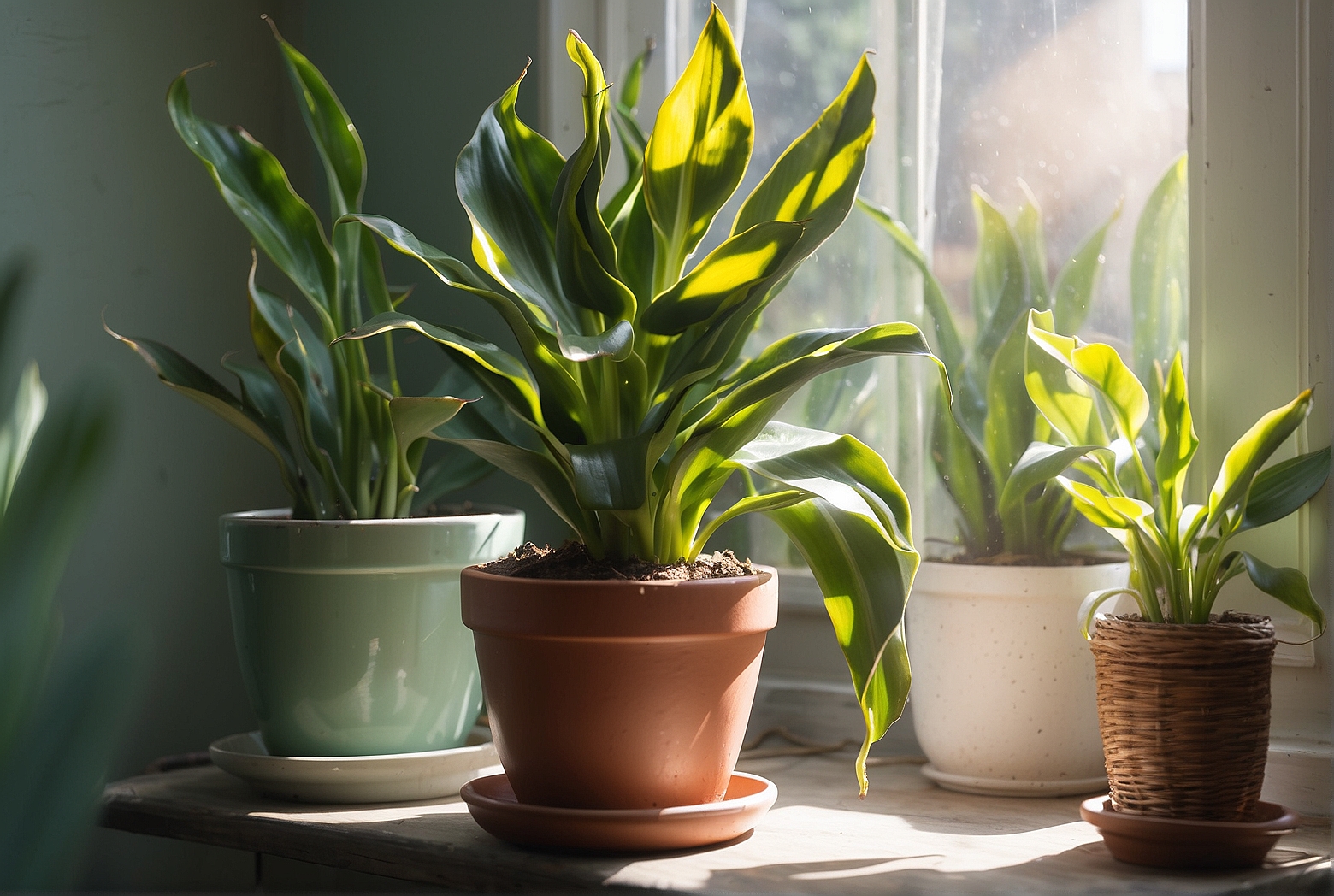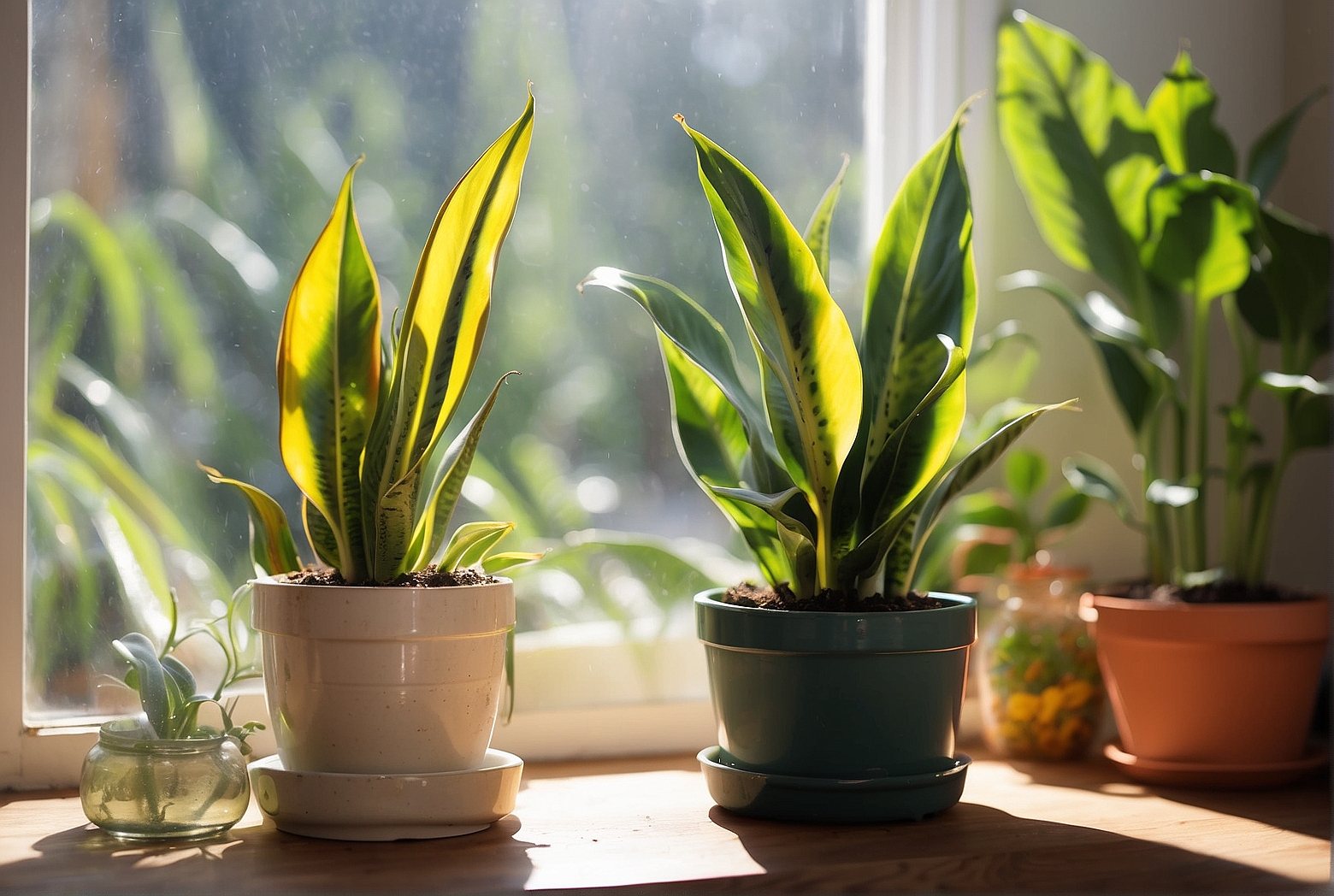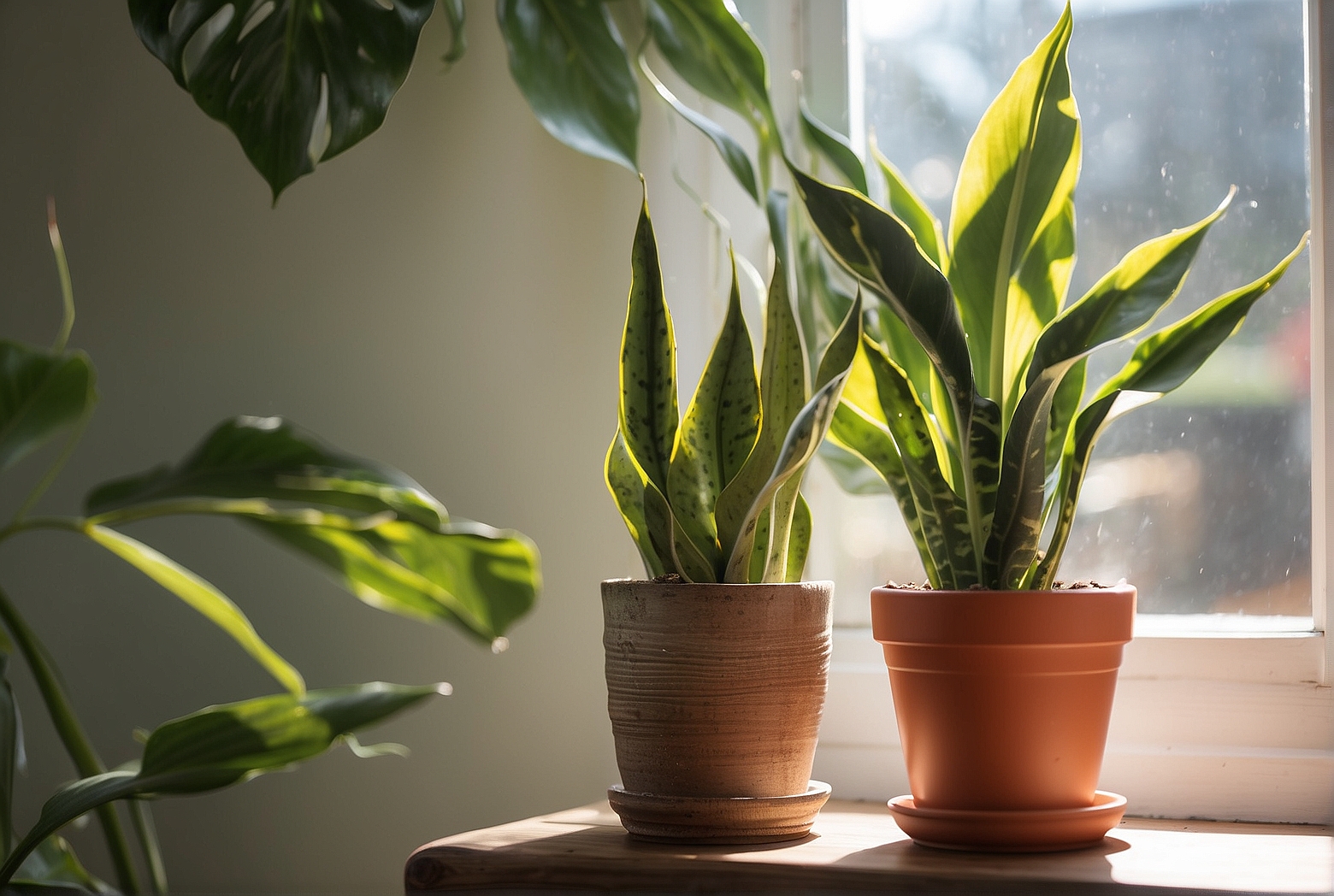Last Updated on April 9, 2024 by Tony Manhart
Have you ever wondered how much sunlight a snake plant needs? Let’s shed some light on this topic! Snake plants, scientifically known as Sansevieria, are renowned for their ability to thrive in low light conditions. However, they do require some sunlight to stay healthy and vibrant. While they can tolerate low light environments, providing them with medium to bright indirect sunlight will encourage optimal growth. In this article, we will delve into the sunlight needs of a snake plant and provide you with some helpful tips on how to ensure your snake plant flourishes in the right amount of sunlight. So, let’s get started and help your snake plant soak up the right amount of sunshine!
The Sunlight Needs of a Snake Plant
Indoor vs. Outdoor Placement
When it comes to the sunlight needs of a snake plant, understanding the difference between indoor and outdoor placement is crucial. Snake plants can thrive in both settings, but there are a few factors to consider. Indoor placement provides more control over the light conditions, while outdoor placement exposes the plant to natural sunlight variations throughout the day.
Ideal Lighting Conditions
Snake plants prefer bright, indirect light. They thrive in lighting conditions similar to those found in their native West Africa. While they can tolerate low light levels, they will do best in medium to bright indirect light. This makes them a perfect addition to well-lit rooms or bright corners in your home.
Amount of Direct Sunlight
Direct sunlight can be harmful to a snake plant. While it can handle some sun exposure, too much direct sunlight can cause the leaves to burn and turn yellow. To avoid this, it’s essential to provide filtered or diffused sunlight. Placing your snake plant near a window with a sheer curtain or in an area where it receives indirect sunlight for a few hours a day is ideal.

Indirect Sunlight Requirements
As mentioned earlier, snake plants thrive in bright, indirect light. Indirect sunlight refers to the light that is no longer direct but is still bright enough to illuminate the area. This type of light is perfect for snake plants as it mimics the dappled sunlight found in their natural habitat.
Tolerant to Low Light Levels
One of the reasons snake plants are so popular as houseplants is their ability to tolerate low light conditions. They can survive in areas where other plants might struggle, making them an excellent addition to dimly lit rooms or spaces with minimal natural light. However, it’s important to note that while snake plants can survive low light, they will not thrive or grow as vigorously as they would in brighter conditions.
Avoiding Excessive Sunlight
While snake plants can handle some exposure to direct sunlight, excessive sunlight should be avoided. Too much direct sun can lead to sunburned leaves, causing irreversible damage to the plant. To prevent this, observe your snake plant for signs of excessive sunlight, such as yellowing or browning of the leaves. If you notice any of these signs, it’s best to move the plant to a more shaded area or provide some sort of filtered light.
Moving the Plant
If you notice your snake plant getting too much or too little sunlight in its current location, it is relatively easy to move it. Snake plants are generally quite tolerant of being relocated, allowing you to experiment with different spots until you find the one that provides the best lighting conditions. Just remember to acclimate the plant gradually to the new light conditions and avoid moving it too frequently.

Rotating the Plant
To ensure even growth and prevent lopsidedness, it’s advisable to rotate your snake plant every few weeks. This allows all sides of the plant to receive equal exposure to light. Rotating the plant will allow you to maintain a balanced and visually appealing appearance, promoting even photosynthesis throughout the entire plant.
Using Artificial Light Sources
If you’re unable to provide sufficient natural light to your snake plant, you can use artificial light sources to supplement its needs. LED grow lights are particularly effective for providing the necessary light spectrum for plant growth. When using artificial light, aim for a duration of 12 to 14 hours per day to mimic the natural day-night cycle. Keep the lights at an appropriate distance from the plant to avoid burning the leaves.
Signs of Insufficient or Excessive Sunlight
Observing your snake plant closely will give you clues about its exposure to sunlight. If you notice leggy growth, stretching towards a light source, it indicates insufficient light. On the other hand, yellowing or browning of the leaves may suggest excessive sunlight. Adjust the plant’s location accordingly if you notice any of these signs to ensure it receives the optimal amount of light.
In conclusion, snake plants are relatively undemanding when it comes to their sunlight needs. They prefer bright, indirect light, but can also tolerate low light conditions. Direct sunlight should be avoided to prevent leaf damage. Remember to observe your plant for signs of inadequate or excessive sunlight and make necessary adjustments. With proper light conditions, your snake plant will thrive and continue to beautify your living space with its striking foliage.
Tony Manhart is a passionate gardener who has been tending to gardens for over 20 years. He takes pride in creating beautiful outdoor spaces with plants, trees, and shrubs that can thrive in any environment. He loves to share his knowledge with others and has taught classes on gardening basics and advanced techniques. He is committed to sustainability, using natural and organic methods to create and maintain gardens. He also works with local organizations to create green spaces for communities. When he’s not gardening, Tony enjoys hiking, reading, and spending time with his family.


